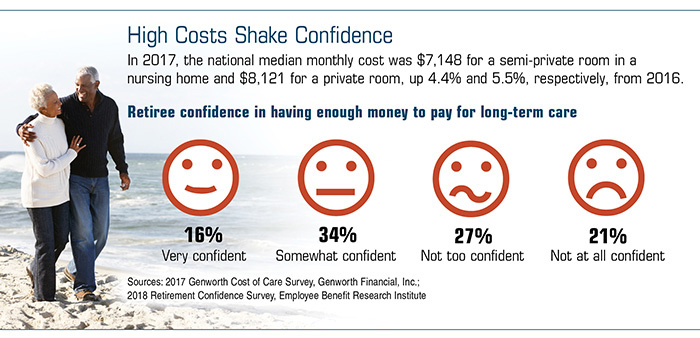The Pacific Prime PDFs
Table of ContentsNot known Facts About Pacific PrimeLittle Known Questions About Pacific Prime.Little Known Facts About Pacific Prime.Getting My Pacific Prime To Work
In a lot of states, the insurance provider is needed to send you a duplicate of the adjustments to your plan. It is necessary that you check out Recommendations or Motorcyclists so you recognize how your policy has actually changed and if the policy is still sufficient to meet your requirements. To get a duplicate of your insurance plan, please call your insurance agent or firm.
The Institute of Medication (IOM) Board on the Consequences of Uninsurance launches an extended assessment of proof that addresses the value of medical insurance coverage with the publication of this report. Coverage Issues is the initial in a collection of six records that will certainly be provided over the next 2 years recording the truth and repercussions of having an estimated 40 million individuals in the USA without health and wellness insurance coverage.

The Ultimate Guide To Pacific Prime
The objective of this collection of research studies is to refocus policy interest on a longstanding trouble. Following the longest financial expansion in American history, in 1999, an approximated one out of every six Americans32 million grownups under the age of 65 and greater than 10 million childrenremains without insurance (Mills, 2000).

10 percent of the population accounts for 70 percent of wellness treatment expenses, a connection that has actually remained consistent over the past three years (Berk and Monheit, 2001) - maternity insurance for expats. Hence medical insurance continues to offer the function of spreading out threat also as it progressively finances routine care. From the perspective of health treatment carriers, insurance coverage carried by their clients helps safeguard an income stream, and neighborhoods take advantage of economically feasible and steady healthcare professionals and establishments
Federal government gives health insurance coverage to populations whom the personal market may not serve successfully, such as handicapped and elderly persons, and populations whose access to health and wellness treatment is socially valued, such as children and pregnant females. The ultimate ends of medical insurance coverage for the individual and communities, consisting of work environment neighborhoods of workers and companies, are enhanced health outcomes and lifestyle.
Some Of Pacific Prime
Employees rate medical insurance initially without a doubt in value amongst all the benefits provided in the workplace (Salisbury, 2001). There have actually been substantial financial investments of personal and public funds to supply health and wellness insurance policy, several people still have no protection. Regardless of substantial reporting of survey findings and health and wellness care study results, the basic public stays confused and mistaken about Americans without medical insurance and the ramifications of lacking insurance coverage.

Without doubt, the complexity of American wellness treatment funding devices and the riches of resources of details add to the public's confusion and uncertainty about medical insurance data and their analysis. This report and those that will comply with goal to boil down and offer in readily easy to understand terms the extensive study that bears on questions of health and wellness insurance policy protection and its significance.
Fifty-seven percent of Americans surveyed in 1999 believed that those without health and wellness insurance policy are "able to obtain the treatment they require from medical professionals and healthcare facilities" (Blendon et al., 1999, p. 207). In 1993, when nationwide focus was concentrated on the issues of the uninsured and on pending healthcare regulation, simply 43 percent of those polled held this belief (Blendon et al., 1999).

They also receive less preventative solutions and are less likely to have routine take care of chronic problems such as hypertension and diabetes. Persistent conditions can cause expensive and disabling problems if they are not well taken care of (Lurie et al., 1984; Lurie et al., 1986; Ayanian et al., 2000). One national survey asked more than 3,400 grownups about 15 extremely serious or morbid problems.
Getting The Pacific Prime To Work
Additional evidence is offered later in this phase in the discussion of insurance coverage and access to wellness care. https://pacific-prime.jimdosite.com/. People without health insurance policy are young and healthy and balanced and choose to go without insurance coverage. Practically fifty percent (43 percent) of those evaluated in 2000 thought that people without medical insurance are more probable to have health and wellness problems than individuals with insurance
Voters and plan makers in emphasis group conversations identify those without insurance coverage as young people who have the chance to be covered and feel they do not require it (Doorperson Novelli, 2001). Contrasted to those with at least some exclusive protection, the uninsured are less most likely to report being in exceptional or great health (Agency for Health Care Research and High Quality, 2001).
SOURCE: Facility for Price and Financing Research Studies, Firm for Medical Care Research Study and Quality, based upon MEPS information. Young person in between 19 and 34 are much more most likely to lack medical insurance than any kind of various other age. This is primarily due to the fact that they are much less typically eligible for employment-based insurance coverage as a result of the nature of their work or their short period in it.
The perception that people without insurance coverage have better-than-average health and wellness adheres to from perplexing the relatively young age profile of the uninsured with the much better health and wellness, on standard, of more youthful individuals. This covers the web link in between wellness status and medical Discover More insurance. For those without accessibility to workplace health and wellness insurance coverage, bad wellness is a possible obstacle to acquiring nongroup insurance coverage because such protection might be extremely valued, exclude pre-existing conditions, or be merely unavailable.